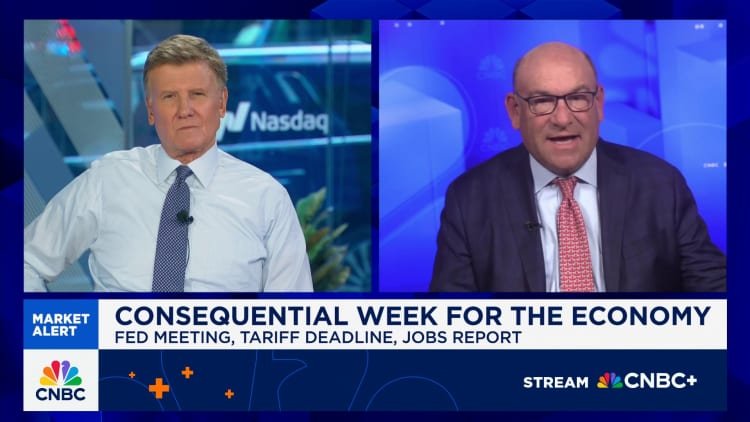Impact of Tariffs on U.S. Food Prices
Understanding the Role of Tariffs
Starting from August 1, President Donald Trump is set to enact a series of tariffs that could potentially increase prices on various food items. Tariffs function as taxes levied by foreign countries and are ultimately paid by U.S. companies that import goods and services. As a consequence, American consumers may face escalated costs on these imported foods due to the economic ramifications of this trade policy.
Domestic Production and Import Dependency
Aimed at bolstering demand for American-made products, these tariffs may not effectively apply to all imported food items. For instance, certain products like Brazilian coffee are not cultivated in the U.S., and the domestic supply of bananas is insufficient to satisfy the nation’s demand. According to research from the Tax Foundation, consumers might opt to absorb the higher costs of imported foods rather than choosing less desirable alternatives.
In 2024, food imports to the U.S. reached an estimated $221 billion. At present, these imported products already incur tariffs ranging between 10% and 30%. However, if the tariffs scheduled for August 1 go into effect, rates for some imports could rise above 30%.
Potential Price Fluctuations Ahead
Experts warn of significant price fluctuations in the coming months if the administration adheres to the proposed August deadline. Alex Durante, a senior economist at the Tax Foundation, noted the likelihood of noticeable changes in food prices resulting from the administration’s decisions.
According to the same analysis, the top five food imports by volume facing these tariffs include liqueurs and spirits, baked goods, coffee, fish, and beer, which collectively account for approximately 21% of the total U.S. food import market.
Current Grocery Price Trends
Recent data reveals that grocery prices have risen by around 2.4% compared to the previous year. However, experts caution that the real impact of these impending tariffs has yet to be realized. As Durante highlights, it’s premature for officials to celebrate, considering that many planned tariff increases have not yet taken effect.
Additionally, a study from Yale’s Budget Lab projects that the tariffs already implemented will cause food prices to surge by 3.4% in the short term and remain 2.9% higher over the long term. Specifically, fresh produce prices could initially spike by 6.9% before stabilizing at a 3.6% increase.
Administration’s Perspective
The White House has consistently argued that the financial burden of the tariffs will predominantly fall on foreign exporters, who rely heavily on access to the U.S. market—recognized as the largest consumer marketplace in the world. White House spokesperson Kush Desai further highlighted a July analysis from the Council of Economic Advisers, which indicated a decline in prices for imported goods from December to May.
Conclusion
As the U.S. prepares for the potential implementation of tariffs, both consumers and the food industry are bracing for shifts in price dynamics. While the government maintains that lower costs will result from foreign exporters absorbing the tariff burden, many experts warn that American consumers may ultimately be the ones paying the price.
